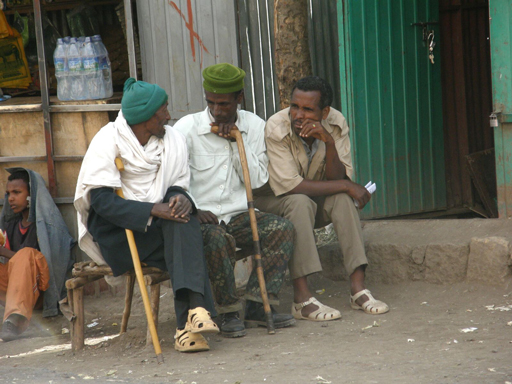13.4 Making WASH practices socially accepted and valued
It should be the aim of every WASH worker to make WASH practices socially acceptable and the norm in your community. If the majority of community members value and promote WASH practices, social pressure to conform will be felt by any individuals or households who do not behave in accordance with these shared norms. In model WASH communities, every household will use a latrine, hands are always washed at critical times, homes are kept clean and the neighbourhood is free from dirt and waste.
You will have to use excellent communication methods to give people accurate knowledge of the benefits of good WASH practices and the risks to health and the environment of persisting in harmful behaviours. Consultation and joint learning can be achieved through behaviour change communication (BCC) methods. These are a range of methods for communicating messages to communities and individuals about desirable changes to their behaviour, for example to improve hygiene practices. BCC methods include community meetings, local health conferences and community conversations (Figure 13.10), which enable everyone to share their views on WASH-related issues. BCC may include education of household members by urban Health Extension Workers and involvement of the Health Development Army.

To achieve the national goals for improvement in WASH provision, the ultimate aim is that community members, working with the local administration, have a clear plan of action for changing behaviour locally, so that good hygiene and sanitation practices become the norm for every household. Caring for the physical environment around us, whether it is the urban world of houses and streets or the natural world of fields and streams, is a responsibility that everyone should value. Evaluation of WASH practices as they are implemented enables you and the community to keep track of the improvements to health and the environment that have been achieved.
13.3.3 Caring for the physical environment improves health outcomes
